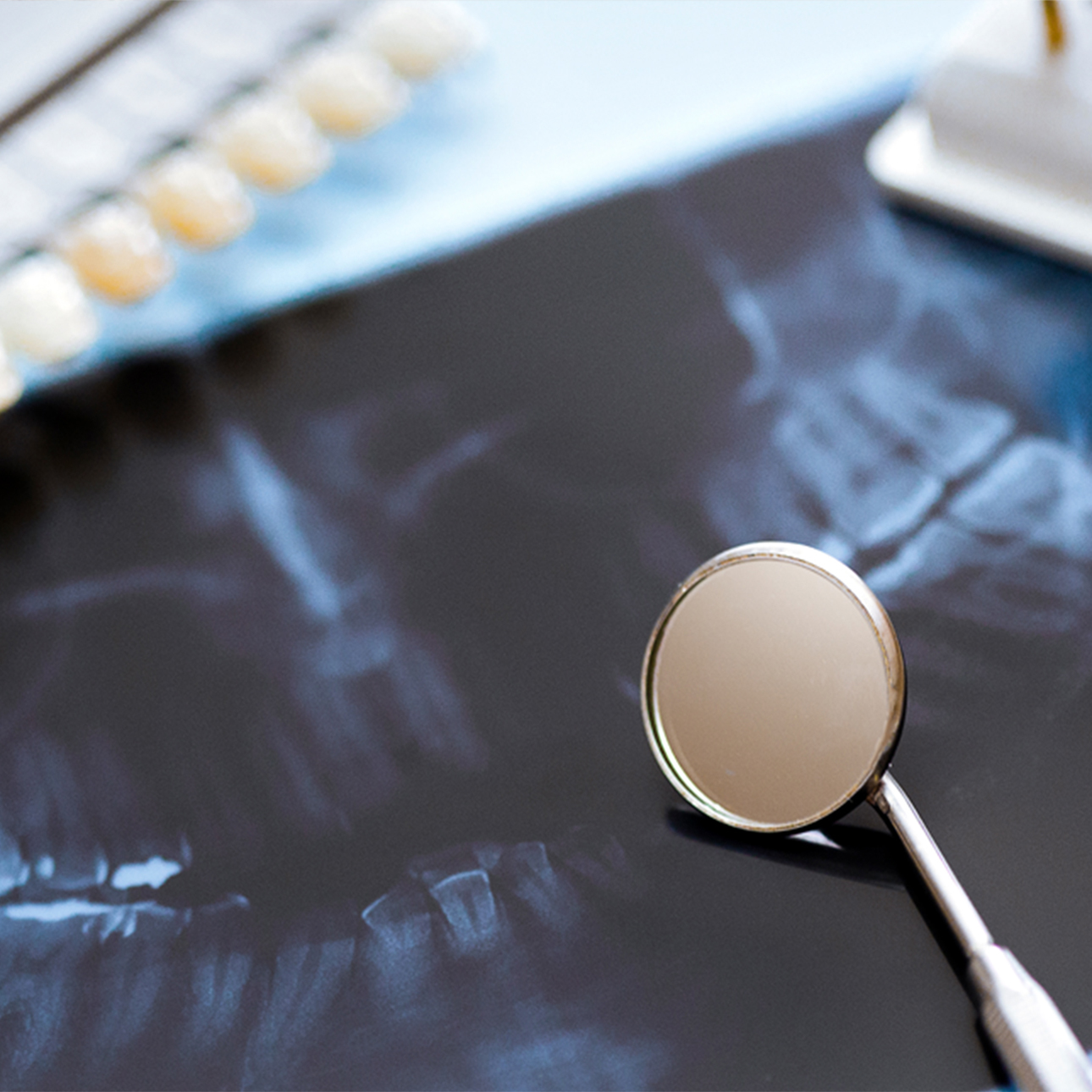
Cleft Lip and Palate
Treatments
Although bone grafting is most frequently performed on children under the age of 10, adults also can benefit from the procedure. Bone grafting in the dental ridge of the upper jaw, called the maxilla, is now the standard treatment for patients with facial clefts. The procedure involves taking a small amount of bone from one place — usually the hip, head, ribs or leg — and placing it in the area of the cleft near the teeth.
Bone grafting is performed to:
- Provide support for the lip and nose and to improve symmetry
- Form a continuous upper gum ridge, creating a more natural appearance and adding stability to the ridge
- Improve the stability of the front part of the roof of the mouth, if a cleft on both sides is present
Once the bone graft has been placed, any missing teeth in the area of the graft may be replaced. This is achieved by moving adjacent teeth into the bone graft; inserting a prosthetic replacement, also called a dental bridge; or inserting an osseointegrated implant.
Surgical Closure of Oronasal Fistulae
An oronasal fistulae is a hole between the mouth and nose cavity. In some cases, the fistulae has been left intentionally after initial repair of the cleft palate or developed due to poor healing in this area. Fistulae can be problematic in that they allow substances in the mouth, such as liquids and foods, to enter into the nose cavity, resulting in infection. In rare cases, when fistulae become very large, they create speech problems.
Most fistulae can be surgically closed using local tissue from the roof of the mouth, the tongue or the inside cheek. After surgery, a short stay in the hospital may be required, as well as adhering to dietary restrictions for two to three weeks.
Osseointegrated Implants
Many people with cleft lip and palate have one or more missing teeth. In addition, their teeth adjacent to the cleft often have a deficiency of supporting bone. In these instances, osseointegrated implants are the most effective approach for replacing missing teeth.
The dental implants are small titanium "fixtures" that take the place of the natural root of the tooth. Your surgeon will gently implant them into your bone, using local anesthesia. These very tiny titanium roots will then bond or integrate with your bone, more securely than natural root would. These implants serve as an "anchor" for permanent artificial teeth, which are built and custom designed to aesthetically suit your facial features by a prosthodontist — a dentist who specializes in the restoration and replacement of teeth. The surgery and subsequent placement of the artificial teeth requires the coordinated efforts of your oral and maxillofacial surgeon, orthodontist and prosthodontist.
UCSF Health medical specialists have reviewed this information. It is for educational purposes only and is not intended to replace the advice of your doctor or other health care provider. We encourage you to discuss any questions or concerns you may have with your provider.






